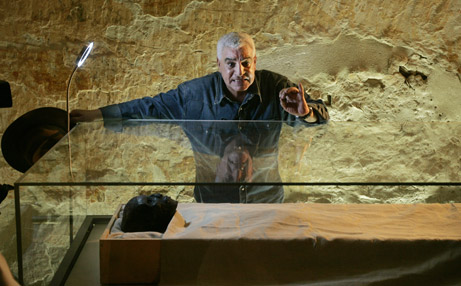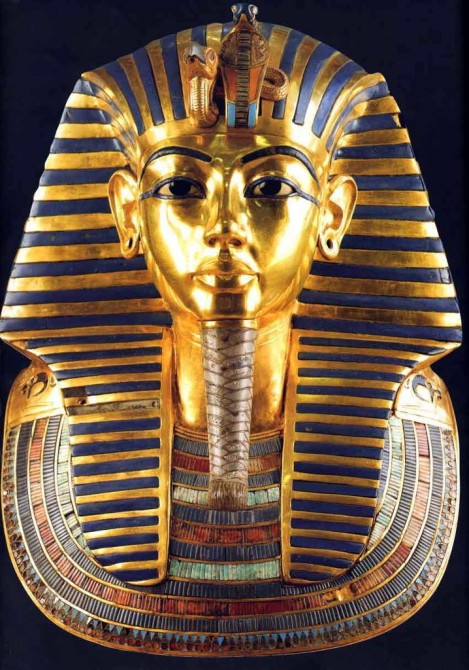February 20, 2013:
by Barry Cauchon
KILLING LINCOLN was aired for the first time on February 17, 2013 on the National Geographic channel. Earlier this summer, several members of the Lincoln Assassination research community were contacted and asked to assist with research for the project. Erik Jendresen (Band of Brothers), the producer/writer for the documentary was very interested in getting the story as accurate as possible.
I spoke with Erik a couple of times during his research and filled him in on my area of expertise which is the incarceration and punishments of the Lincoln Conspirators. My research and writing partner John Elliott also had several conversations with him on the same subjects. During the vetting process we were asked to proof read the script and comment on areas where the facts were not always firm…which we did. All went well and about eight months later, if you watched the documentary, you saw the end result.
Since the documentary aired, we have been asked how authentic the content was. Was it accurately depicted? Generally speaking, it was really good. One can always point out where the director might have taken artistic licence to move the story along or where he was forced to cut out an important part due to broadcast time restraints, but all in all, it was a fair represenation of the accepted storyline.
Right now, I’m sure some of you are probably asking yourself why my answer isn’t a direct yes or no response. Was the documentary accurate or was it not? The truth is that the answer is not straightforward. Much of history is not as factual as one would like. Most can be attributed to assumptions, half truths and more often than not, some good guesses. Incorrect versions of historical events printed long ago have been repeated so often that they eventually become accepted history. In our area of research, John and I have uncovered many accepted ‘facts’ that are at best, plausible theories. There are usually not enough facts to justify these accounts as being 100% true. And in a couple of cases, we have discovered evidence of pure fraud that became accepted fact which ending up in all the history books as ‘the real deal’. Sadly, they are bogus.
It is extremely difficult to ‘unteach’ an accepted point of view, especially when it has been repeated and accepted for so long.
Another reason why history isn’t always a solid ‘fact or fiction’ decision is because many historians and researchers can’t agree on what the actual truth is, often resulting in even more confusion as different theories are toted and sold as the ‘one and only’ truth.
When a huge two-hour documentary like Killing Lincoln appears on National Geographic, people sit up and listen. National Geographic carries a lot of clout. When I was involved with the King Tut exhibit several years ago, NatGeo was a partner in the project. Their name goes a long way.
As a researcher who was asked to comment on some of the content for Killing Lincoln , I hoped the ‘truth’ (as I saw it) would be presented. In some cases, it was. In other cases, the opinions of others won out. And sometimes, when the gap between historical versions was too far apart to trust, the production seemed to resort to presenting their own carefully considered interpretations.
So in the end, was the story accurate? In two words…..basically, yes. It was based on years of collective research from some of the most knowledgeable people in the business. It may not have been the whole truth, but Killing Lincoln gave the viewer a great starting point to begin doing their own research in hopes of finding the missing pieces.
I’m proud to have been asked to do my small part for the production and I hope that my input helped in some way. As a reward, National Geographic posted my name under ‘Special Thanks’ in the end credits. I didn’t ask for this so it meant a lot. It is my first National Geographic documentary accreditation. Let’s hope that it is not my last. LOL.
Best
Barry




